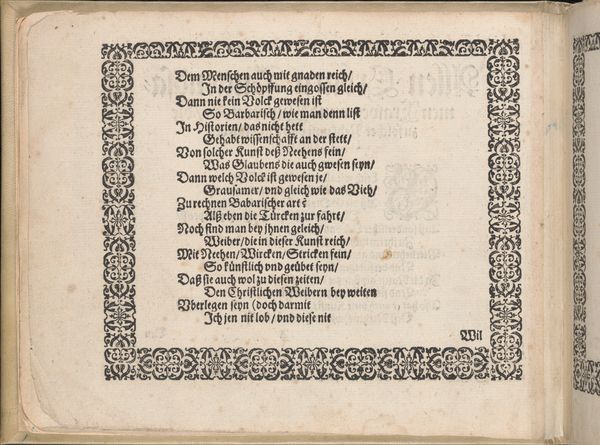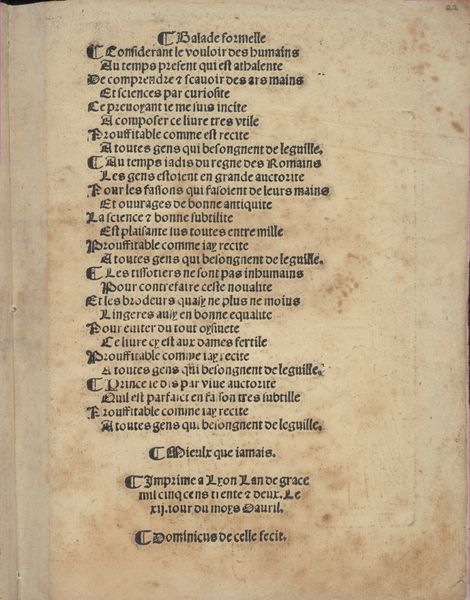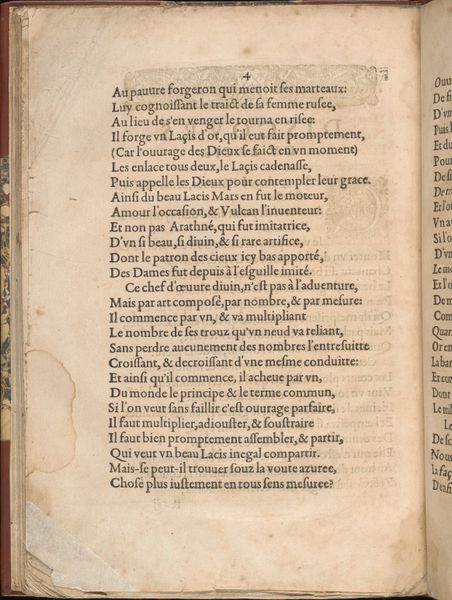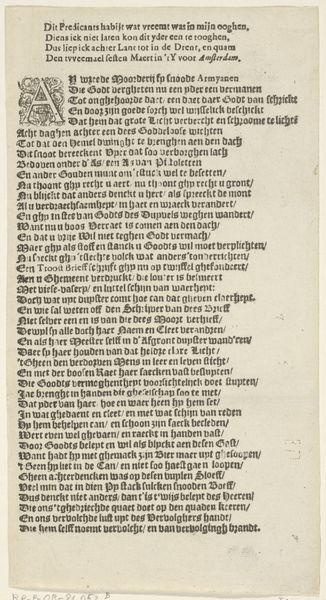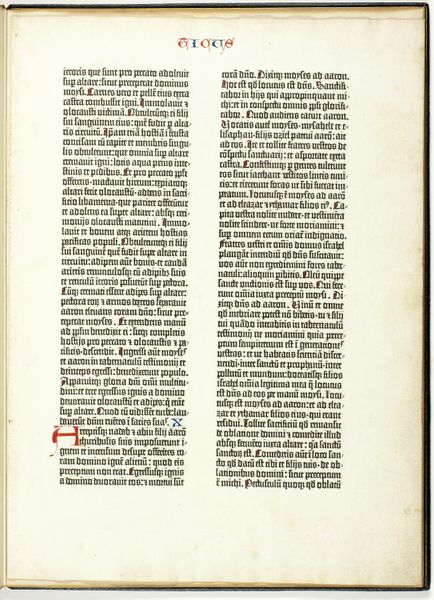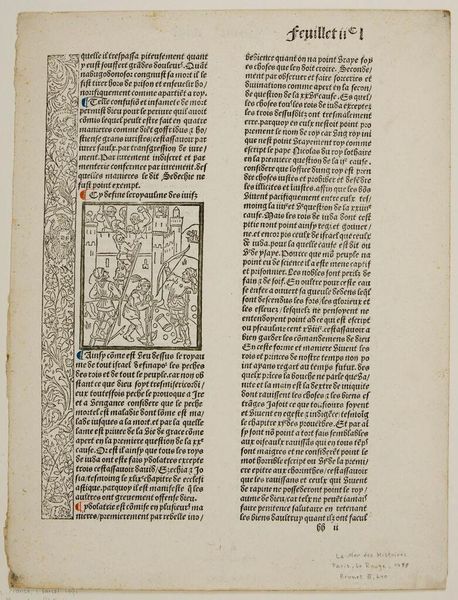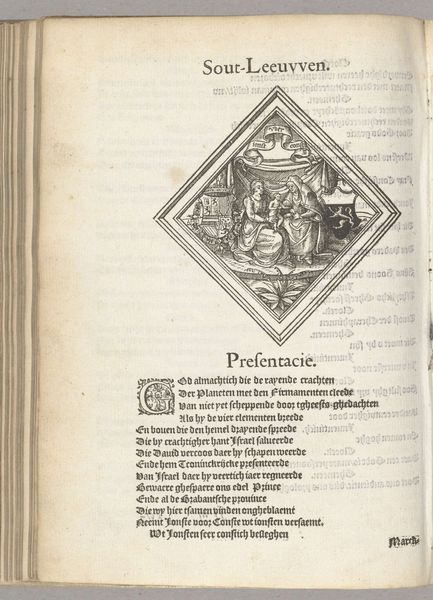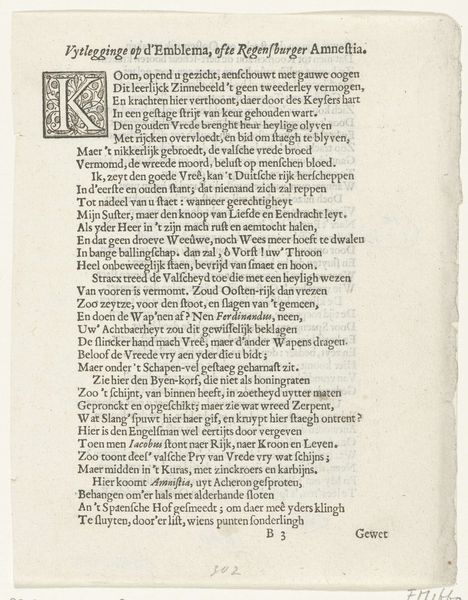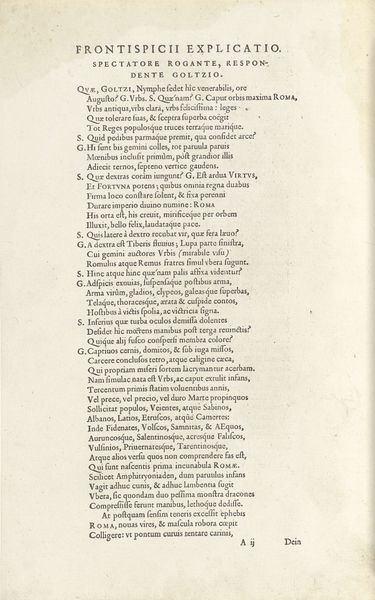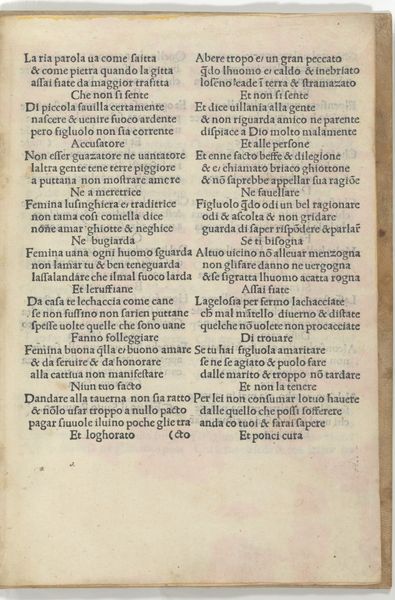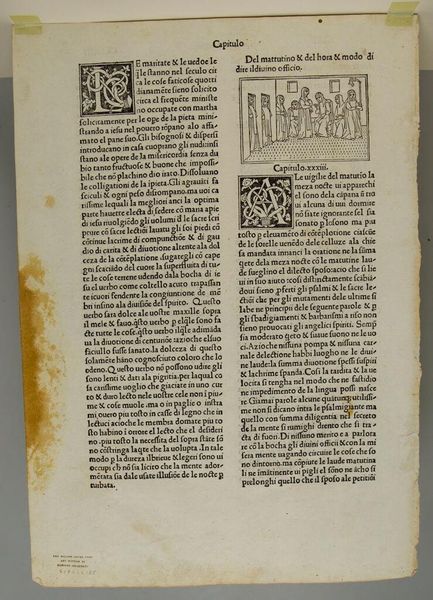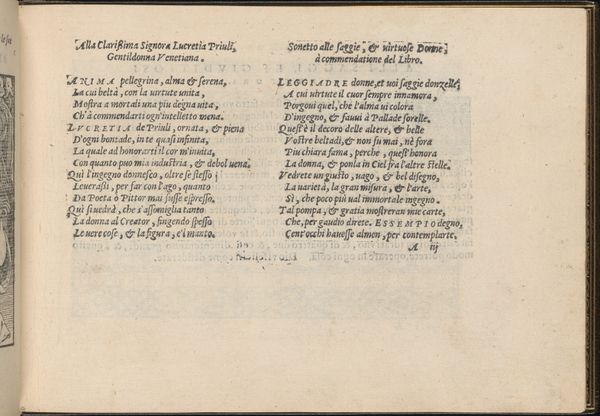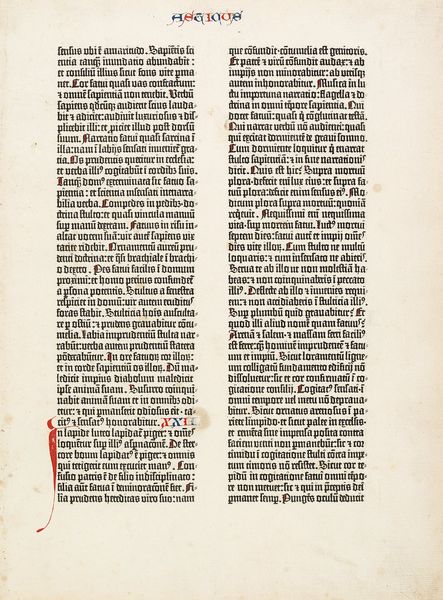
Christ on the Cross with Mary and Saint John (second sheet of two) 1510
0:00
0:00
drawing, print, woodcut
#
drawing
#
aged paper
# print
#
text
#
woodcut
#
northern-renaissance
Dimensions: sheet: 10 x 6 3/8 in. (25.4 x 16.2 cm) plate: 8 1/2 x 5 11/16 in. (21.6 x 14.4 cm)
Copyright: Public Domain
Editor: So, this is "Christ on the Cross with Mary and Saint John (second sheet of two)," a woodcut made around 1510 by Albrecht Dürer. Looking at it, I’m immediately struck by the overwhelming amount of text. What can you tell me about this work? Curator: Well, beyond the religious imagery of the crucifixion, what truly stands out is how Dürer intertwines visual and textual elements to engage the viewer within a specific religious and social framework. The text itself is a key element—it’s not mere commentary, but part of the artwork’s function. Editor: Function? What do you mean? Curator: In the early 16th century, religious art was often used as a tool for devotion and moral instruction. Dürer uses these woodcuts, incorporating prayers and meditations, as instruments for popular piety. Notice how the text surrounds the central image – this invites viewers into the narrative. Does this change your impression of it as purely a work of art? Editor: I suppose it does. It's not just something to look at; it's something to *use*. So the historical context shaped the artwork's purpose. Were the intended buyers literate in order to read the text? Curator: That’s precisely the point. While literacy wasn't universal, the presence of German suggests that the art print was aimed at the local people instead of a more global audience due to the presence of the German language. Also, by presenting the prayers at specific times, that influenced how his audience should interact with Christianity during their lifetime. Editor: That’s fascinating. I never thought about how art could be so directly connected to literacy, local concerns, and devotion. Curator: Precisely. Works like these provide insight into the interplay of art, religion, and the socio-political environment of the Renaissance, enriching our understanding of the era. It really forces us to consider how we understand imagery from the past! Editor: Absolutely. It's been very helpful in broadening my perspective and has shifted my assumptions.
Comments
No comments
Be the first to comment and join the conversation on the ultimate creative platform.
